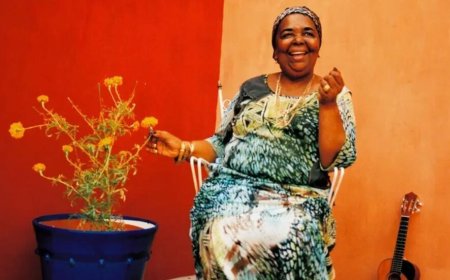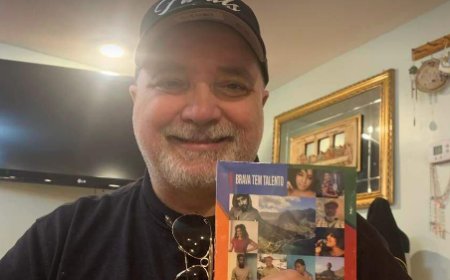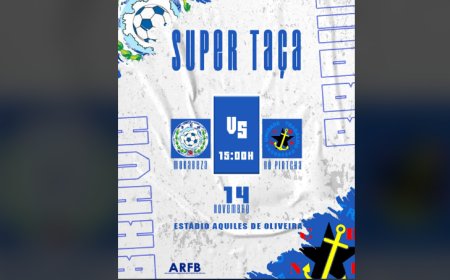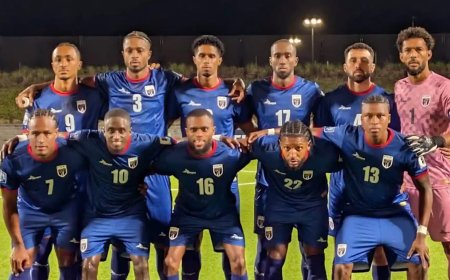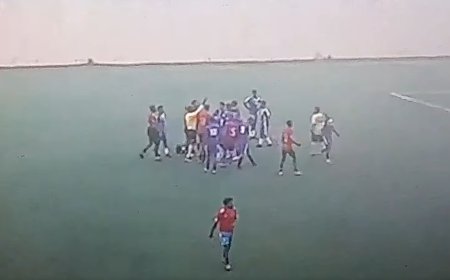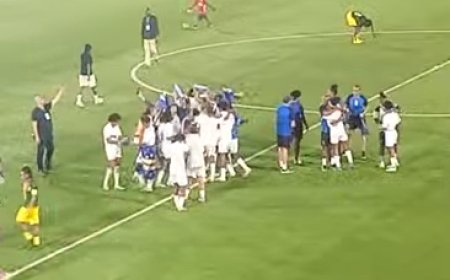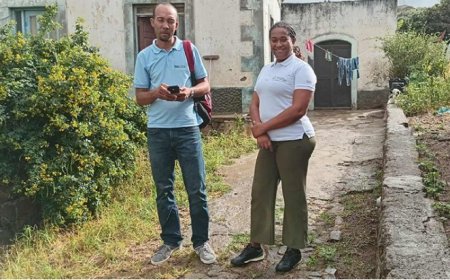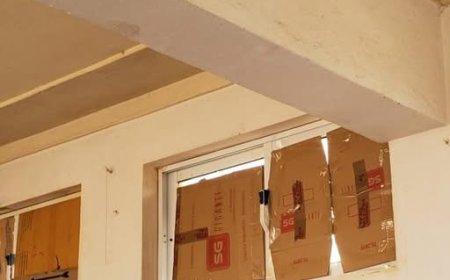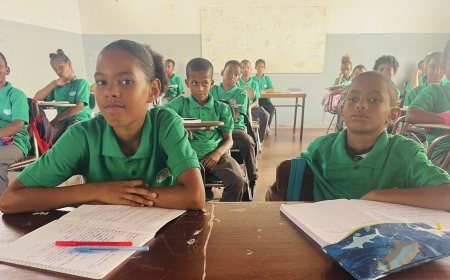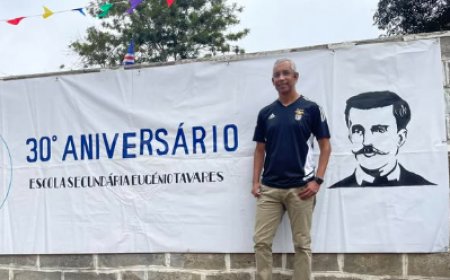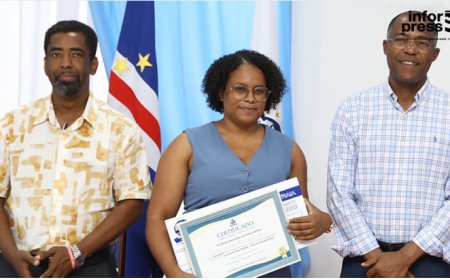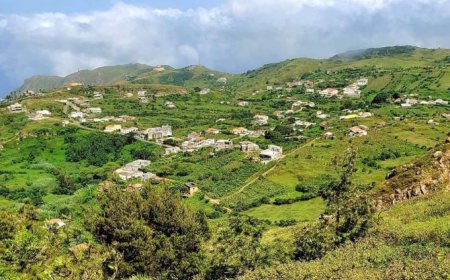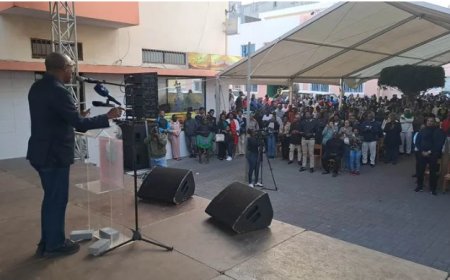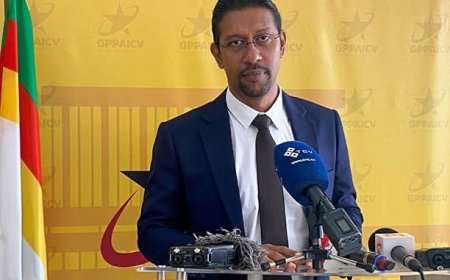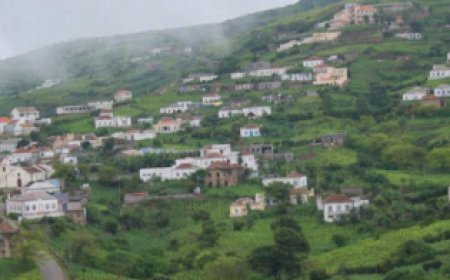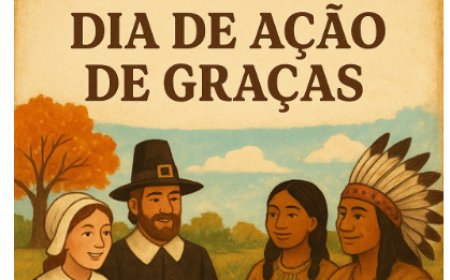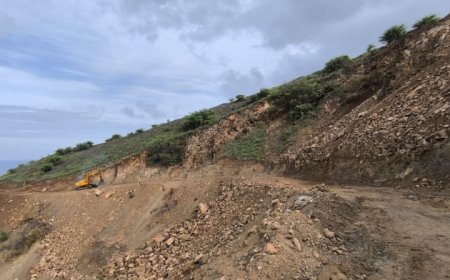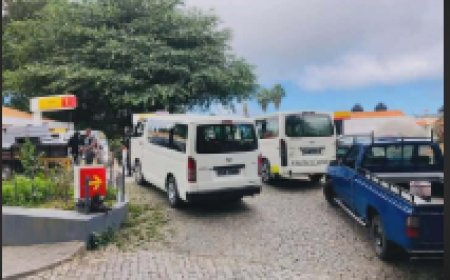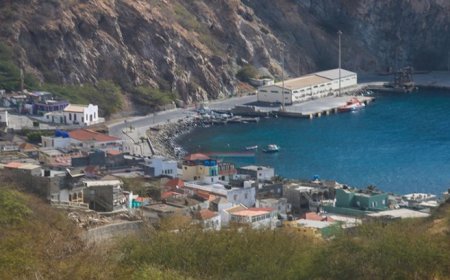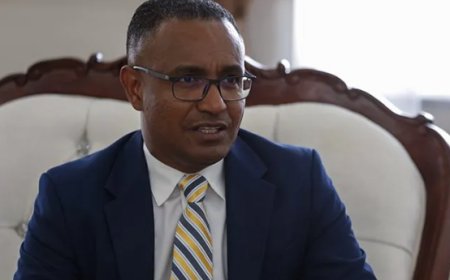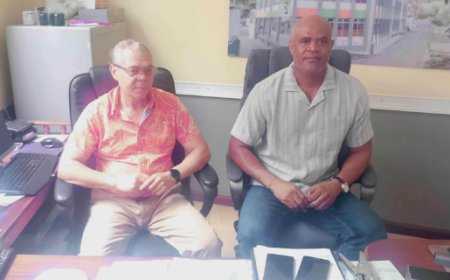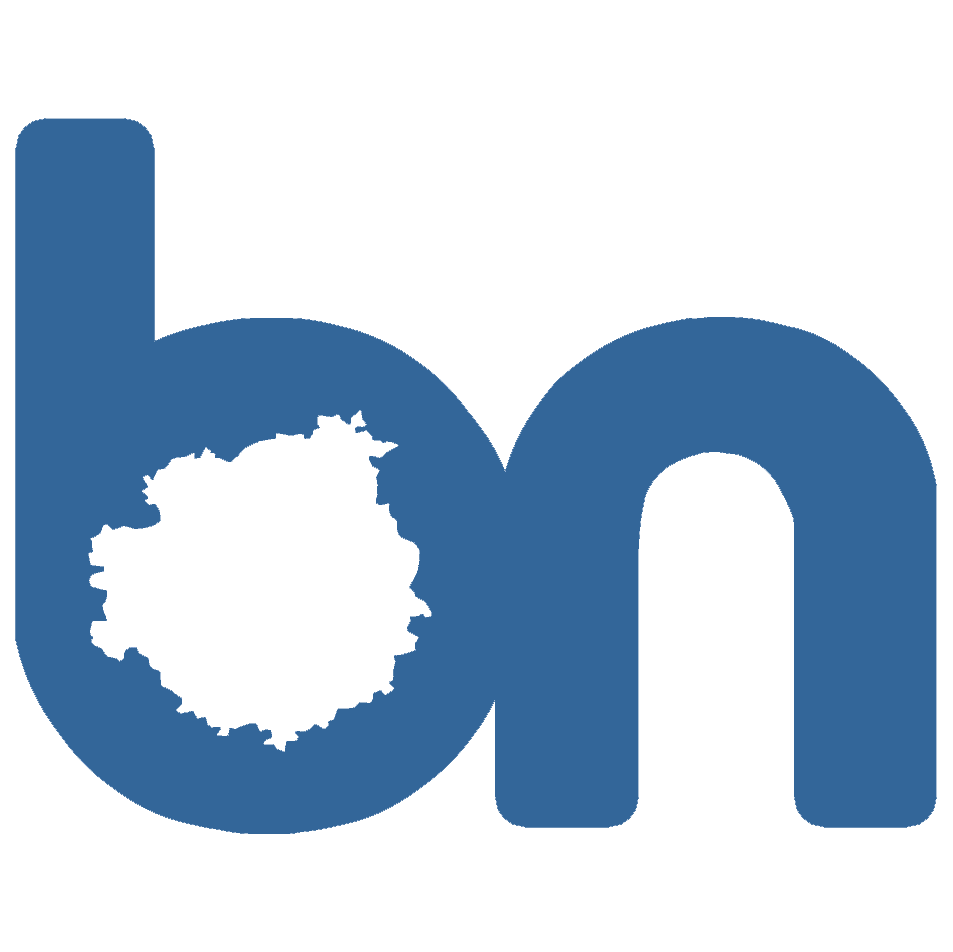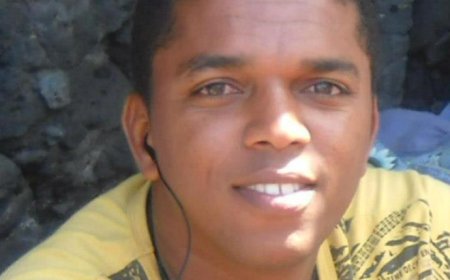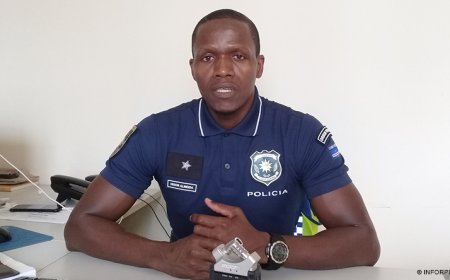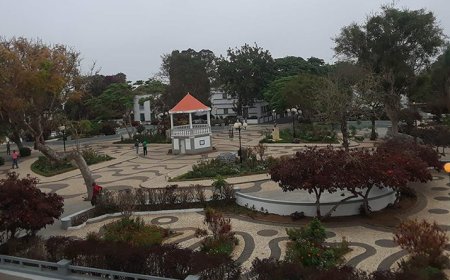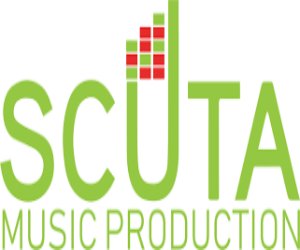Brava: Breeders adhere to the silage technique to prevent setbacks and high expenses
Cattle breeders on the island of Brava began to adopt the silage technique to prevent setbacks and high expenses if they were to face years of drought later on.
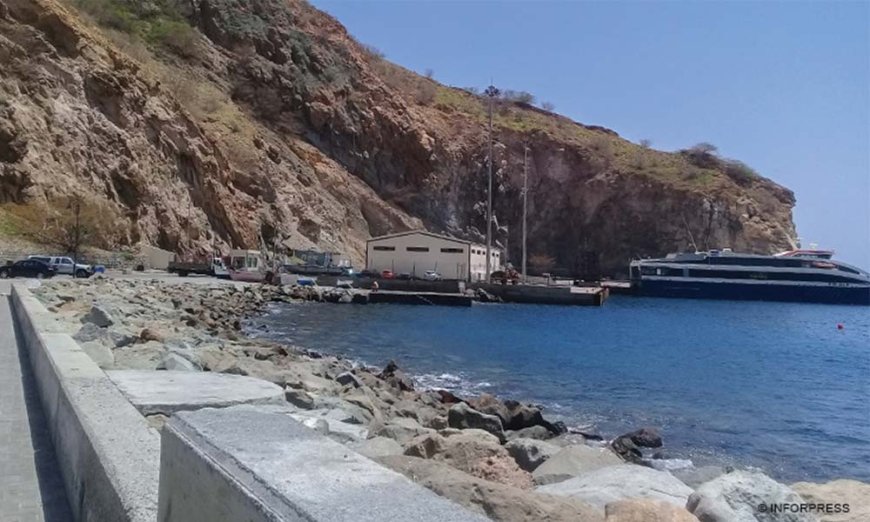
Cattle breeders on the island of Brava began to adopt the silage technique to prevent setbacks and high expenses if they were to face years of drought later on.
Silage and the production of mineral blocks is one of the techniques that Vani Furtado, from Biflores, has been showing and sensitizing the island's livestock farmers since 2014 and has already been extended to farmers on other islands, in the sense of fighting for a sustainable grazing and raising of livestock.
Inforpress toured some areas of the island, from Mato Grande, Mato, Tomé Barraz, Pedra Molar, to talk to creators who have been following this path for some years and others who have just started, as is the case of Manuel Gonçalves.
This shepherd is the first time that he is making silage, because as he said after some awareness actions, explaining the usefulness and added value of the process, he decided to try it.
“The technician showed us the advantage and if we have problems with the pasture next year due to the lack of rain, we will already have a guaranteed food, with all the nutrients and that it is not necessary to spend a lot on corn or feed”, said the same source, reinforcing that it is a ground pasture and even facilitates the chewing process by the animals.
And with this technique he says he hopes that they will not go through the suffering they have gone through in the last two years, in the expectation of storing a large amount of silage in drums.
This year, as he said, they will not face pasture problems and that is why he will take advantage of this and make a stock of silage in order to prepare for the coming years in case of lack of rain and even to maintain the nutrients of the pasture, which is better. than drying the straw as you usually do.
Incidentally, he advised other shepherds to adhere to this technique, stressing that in this way free grazing is avoided, which for some time has brought some damage, such as the appearance of pests.
José da Veiga Mendes is another shepherd who joined this practice a few years ago, and in the consecutive years of drought he did not feel the pain of fighting for the livelihood of the cattle, but this year he decided to increase production even more by having a space to the creation of a forage field, which he is making silage to keep for the next few years, along with seven more drums he made last year, but had no need to use.
He also advised his colleagues to invest in fields of elephant grass and other fodder, in order to reduce the practice of free grazing, which is being threatened by ticks, lice, among others, in addition to theft by other people and attacks by stray dogs. .
Joaquim Baptista, on the other hand, started the process in 2014 when he became aware of this technique and since then every year he has been betting on this technique and to date he has not faced any constraints with his cattle, because he had pasture saved and by offering the silage, he guaranteed that productivity is better.
This food, he reinforced, sometimes mixes it with rations, but other times he only offers them the silage and they eat without any problem.
For his part, Vani Furtado, Biflores technician, explained that the objective is to fight to have a stock of pasture and prevent it for the dry seasons and that consequently it will reduce the number of animals on the loose in the practice of free grazing, less erosion, less animal pests and more productivity.
He added that breeders have been sensitized every year and that this year an exchange was held with shepherds from Maio, Santiago, São Nicolau, Boa Vista and Sal, who came to understand and learn the importance of this technique, as the objective is to fight for a sustainable grazing not only on Brava, but throughout the country.
Vany Furtado explained that it can be made with elephant grass, which is one of the plants that allows the breeder to make “stock”, both in the form of silage or hay, but also southern corn and other fodder.
Asked about these two suitable processes for storing this pasture, he explained that to make hay, the grass has to be cut between 50 and 70 days after planting, it is dried in the sun and then stored with the quality and nutritional value within the desired pattern.
Silage, on the other hand, is a process where elephant grass is harvested, exposed to the sun for a few hours and then crushed in a machine and later preserved.
Biflores is a biodiversity conservation association, based on Brava Island, whose purpose is the protection and conservation of marine and terrestrial ecosystems, their biodiversity and natural resources, as well as promoting the involvement and sustainable development of the community on the island. .
Inforpress/End
